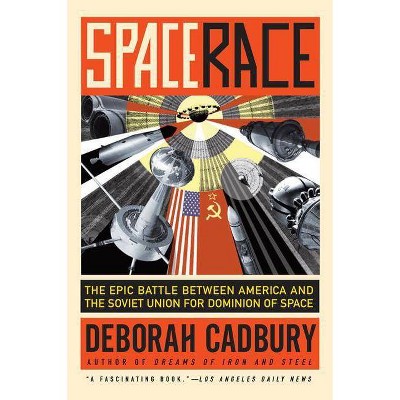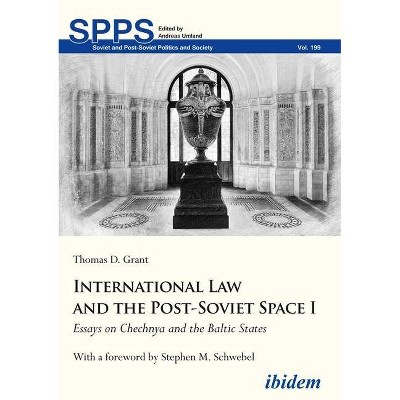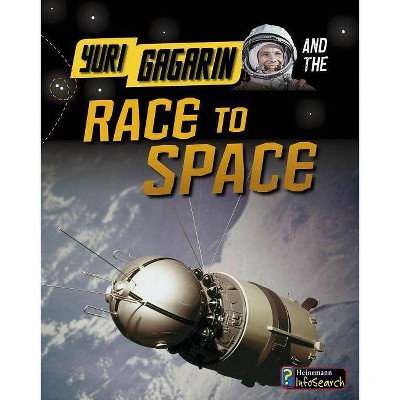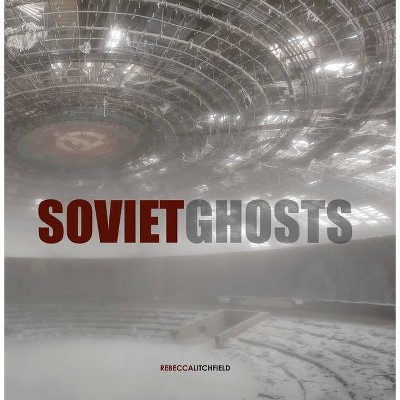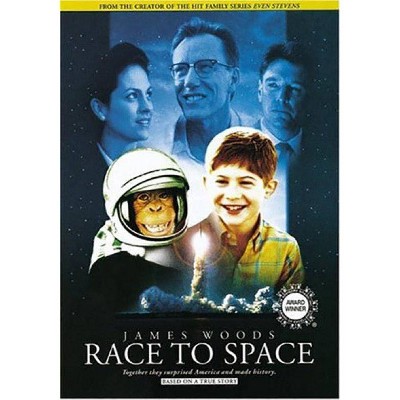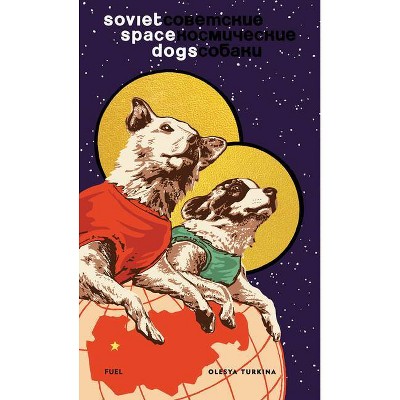The Soviet Space Race with Apollo - by Asif A Siddiqi (Paperback)
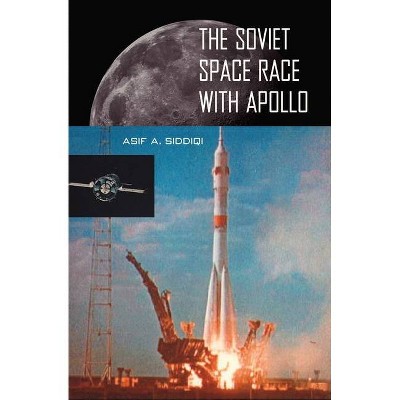
Similar Products
Products of same category from the store
AllProduct info
<p/><br></br><p><b> Book Synopsis </b></p></br></br><b><p>Winner of the Emme Award for Astronautical Literature, 2001</b></p><p>First published by NASA in 2000 as <i>Challenge to Apollo</i>, these two volumes are the first comprehensive history of the Soviet-manned space programs covering a period of thirty years, from the end of World War II, when the Soviets captured German rocket technology, to the collapse of their moon program in the mid-1970s.</p><p>The spectacular Soviet successes of Sputnik--the first Earth satellite (1957) and Yuri Gagarin--the first man in space (1961) shocked U.S. leaders and prompted President John F. Kennedy to set the goal of landing a man on the moon before the end of the 1960s. The moon race culminated with the historic landing of Neil Armstrong and Buzz Aldrin on the moon in 1969 (coincidentally the first Soviet unmanned moon probe crashed on its surface while the American astronauts were at Tranquility Base).</p><p>The epic story of the Soviet space program remained shrouded in secrecy until the unprecedented opening of top secret documents. Based almost entirely on these Russian-language sources and numerous interviews with veterans, Siddiqi's book breaks through the rumors, hearsay, and speculation that characterized books on the Soviet space program published during the Cold War years. Supplementing the text with dozens of previously classified photographs, he weaves together the technical, political, and personal history of the major Soviet space programs, providing the other side of the history of human space flight.</p><p/><br></br><p><b> Review Quotes </b></p></br></br><br><p>"The essential reference work for Soviet/Russian space history . . . for anyone hoping to make sense of the too many 'truths' of Soviet Space history."--<i>Journal of Military History</i></p><p>"We finally have a definitive English-language history covering the first three decades of the Soviet Union's space program. Sixteen years in the making, Asif Siddiqi's amazingly detailed book provides a kaleidoscopic view of the technical and political evolution of Soviet missile and space projects. . . . a veritable gold-mind of factual information."--<i>Air Power History</i></p><p>"An extraordinary volume. . . . This is not simply an account of one side of the space race. It is nothing less than the first full-scale, detailed explanation of how and why the Soviet Union led the world into space. It belongs on the shelf of every historian with an interest in flight, technology and politics, the Cold War, or any one of a score of related topics."--T<i>he Public Historian</i></p><p>"No space buff's library will be complete without this book. Readers will marvel at the complex interactions between design bureaus, and will enjoy getting to know the people behind the failed Soviet effort--a vital step toward putting Apollo's victory in context."--<i>Smithsonian Air and Space</i></p><p>"Absolutely mandatory on the bookshelf of anyone interested in space."--<i>Encyclopedia Astronautica</i></p><br>
Price History
Price Archive shows prices from various stores, lets you see history and find the cheapest. There is no actual sale on the website. For all support, inquiry and suggestion messagescommunication@pricearchive.us


